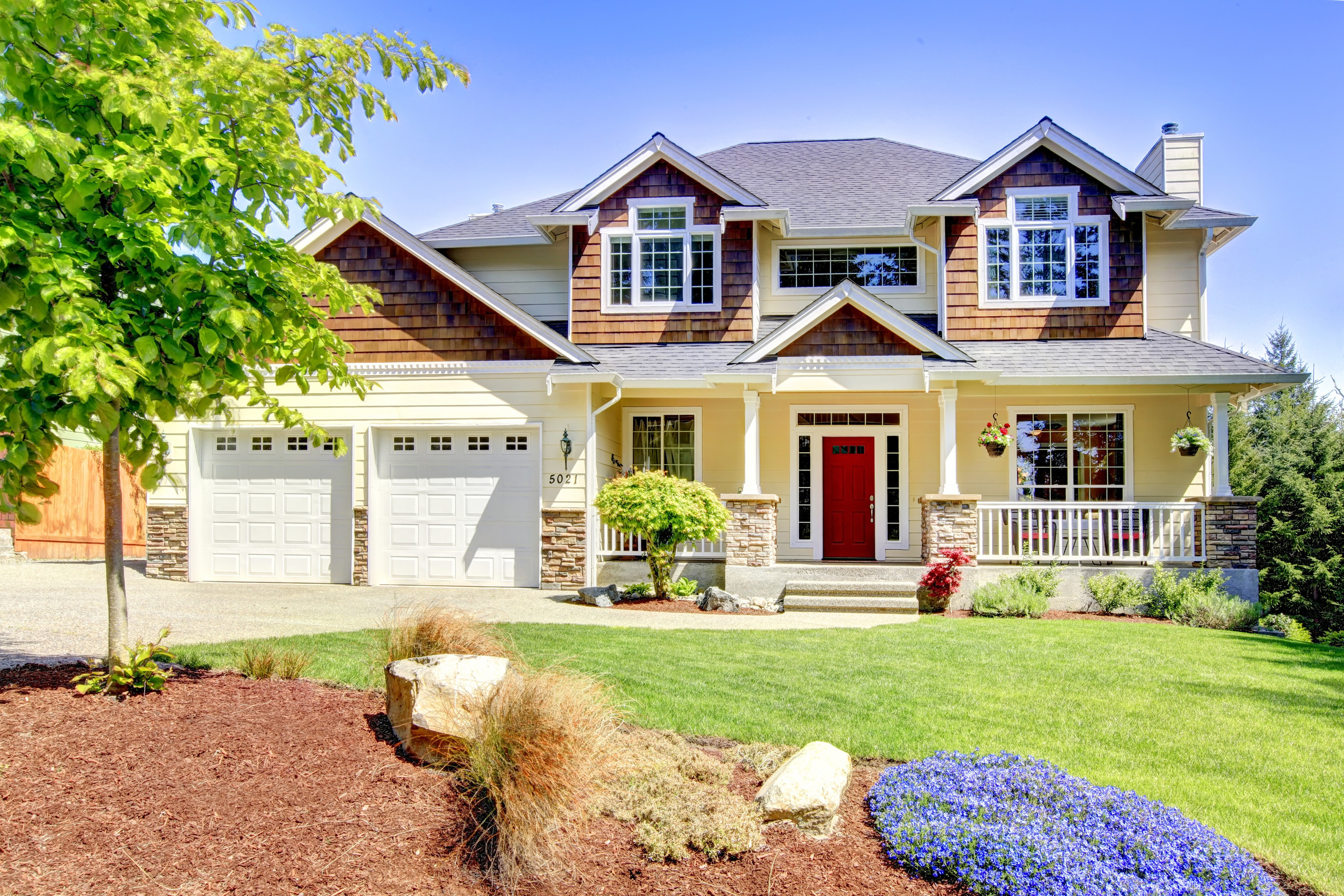
Buying a dream home is an exciting milestone, but many buyers overlook the financial risks that come with it. What seems like the perfect house can quickly turn into a money trap, draining your savings and leaving you with unexpected costs. From hidden repairs to skyrocketing property taxes, there are many factors that can turn homeownership into a nightmare. Before signing that mortgage, it’s crucial to recognize the warning signs. Here’s how to spot the financial red flags before your dream home turns into a costly mistake.
1. The Mortgage Payment Stretches Your Budget Too Thin
Owning a home comes with more costs than just the mortgage, but many buyers focus only on the monthly payment. If your mortgage takes up more than 30% of your income, you may struggle to cover other expenses like utilities, repairs, and insurance. Unexpected financial changes, such as job loss or medical bills, could leave you house-poor. A high mortgage can also limit your ability to save for retirement or emergencies. Before committing, calculate the full cost of homeownership to ensure it fits comfortably within your budget.
2. Property Taxes and HOA Fees Are Unpredictable
Many homebuyers fail to account for rising property taxes and homeowners association (HOA) fees. If you’re moving into a high-demand area, your property taxes could increase significantly over time. Some HOAs also raise fees unexpectedly, adding hundreds of dollars to your monthly expenses. These costs can make an affordable home suddenly unaffordable. Always research tax history and HOA policies before buying to avoid financial surprises.
3. The Home Needs More Repairs Than You Expected
That charming fixer-upper might seem like a great deal, but renovation costs can quickly spiral out of control. Even newly built homes can have hidden defects, leading to expensive repairs down the road. Structural issues, outdated plumbing, and roofing problems are some of the most common and costly fixes. A detailed home inspection is essential before purchasing to avoid unexpected repair bills. If the home needs significant work, factor those costs into your budget before making an offer.
4. The Neighborhood Costs More Than You Realize
The cost of living in a neighborhood extends beyond just home prices. Higher utility rates, expensive grocery stores, and limited public transportation can drive up your monthly expenses. If the area has strict HOA rules, you may be required to maintain landscaping, repaint your home, or follow costly regulations. Consider all these hidden costs before committing to a home in a new neighborhood. Take time to visit the area and research everyday expenses to ensure they align with your budget.
5. Homeowners Insurance Is Expensive or Hard to Get
Not all homes qualify for affordable homeowners’ insurance, especially those in disaster-prone areas. If the home is in a flood zone, wildfire area, or hurricane-prone region, insurance costs can be extremely high. Some older homes with outdated wiring or plumbing may also require special insurance coverage. Before buying, get insurance quotes to understand how much you’ll need to pay each year. Ignoring this step could leave you struggling to afford essential coverage.
6. Your Commute Costs More Than Expected

A dream home in the suburbs may offer peace and space, but long commutes can become a financial burden. Rising gas prices, tolls, and vehicle maintenance costs add up over time. If public transportation isn’t an option, you may find yourself spending hundreds of extra dollars per month just to get to work. Factor in commuting costs and time spent on the road when choosing your home’s location. A cheaper house far from work may end up costing more in the long run.
7. The Resale Value Might Not Be What You Expect
Buying a home is an investment, but not all homes appreciate in value. Some buyers overpay in competitive markets, only to find out later that their home isn’t worth as much as they thought. Changes in the neighborhood, economic downturns, or shifting market trends can impact resale value. Research property appreciation rates in the area and avoid homes that seem overpriced compared to similar listings. If you plan to sell in the future, ensure you’re making a sound investment.
8. The Home’s Size and Features Lead to Higher Bills
A bigger home often means bigger utility bills. High ceilings, large windows, and extra rooms require more heating and cooling, which can increase monthly energy costs. Pools, hot tubs, and large yards also add to maintenance expenses. While a spacious home may seem appealing, it’s important to factor in the ongoing costs of keeping it comfortable and well-maintained. Consider energy-efficient features to help offset high utility costs.
9. Unexpected Closing Costs and Fees Drain Your Savings
Many buyers focus on the home’s purchase price but forget about the thousands of dollars in closing costs. Loan origination fees, title insurance, and escrow fees can add up quickly. If you’re not prepared, these extra costs can wipe out your savings before you even move in. Ask for a full breakdown of estimated closing costs before committing to a home purchase. Having extra funds set aside can prevent financial strain.
10. You’re Relying on Future Income to Afford the Home
Buying a home based on future salary increases or job changes is a risky move. If your financial situation doesn’t improve as expected, you could struggle to keep up with mortgage payments. Life is unpredictable, and job security isn’t always guaranteed. Instead of stretching your budget, choose a home that you can comfortably afford with your current income. This ensures long-term financial stability and prevents homeownership from becoming a burden.
Make Sure Your Dream Home Doesn’t Become a Nightmare
Buying a home is a major investment, and while finding the perfect house is exciting, the financial realities should never be ignored. Hidden costs, unexpected repairs, and rising expenses can turn homeownership into a stressful experience if you’re not prepared. Before making a decision, do your research, calculate all potential costs, and ensure your dream home truly fits within your budget.
Have you ever faced unexpected financial challenges after buying a home? Share your experience with us in the comments below.
Read More:
10 Reasons the “No-Spend Challenge” Is the Hottest Trend This Year
How to Budget for Your Next Road Trip

Latrice is a dedicated professional with a rich background in social work, complemented by an Associate Degree in the field. Her journey has been uniquely shaped by the rewarding experience of being a stay-at-home mom to her two children, aged 13 and 5. This role has not only been a testament to her commitment to family but has also provided her with invaluable life lessons and insights.
As a mother, Latrice has embraced the opportunity to educate her children on essential life skills, with a special focus on financial literacy, the nuances of life, and the importance of inner peace.
